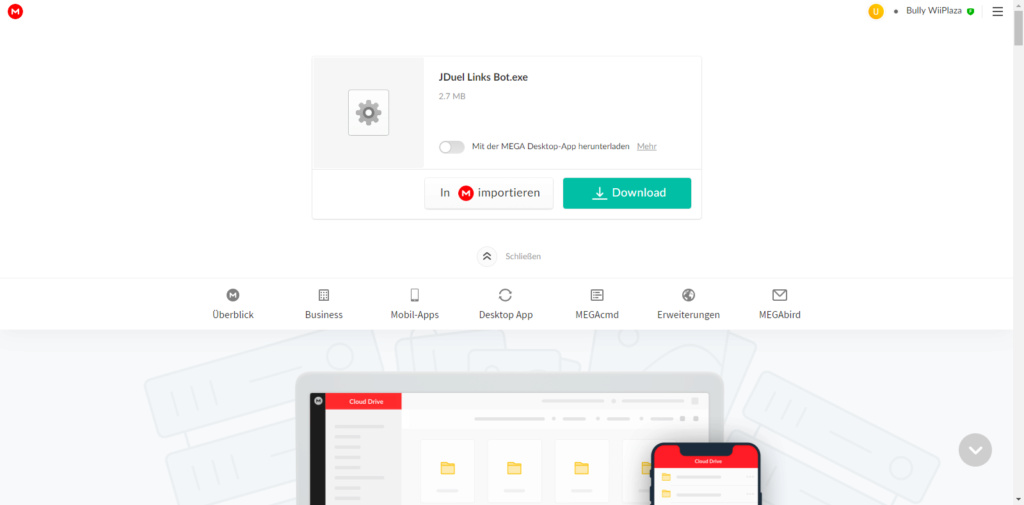


Right now you will not be able to see this file because we haven’t setup anything yet, but after we’re done you’ll be able to get to it by putting into your browser. Each directory in here will be it’s own site, so inside this ‘test’ directory you should have an index.php file with some HTML in it so we can test to make sure everything works. For now we’re going to add a directory called test. Any websites you make that you want to preview locally using PHP should go into this directory.Inside your user directory is your Sites/ directory (NOTE: the name of this directory on spanish language computers is ‘Web’ in the finder, but on the system the name is still ‘Sites’, so for the rest of the tutorial when you see ‘Sites’ that’s good for spanish language systems as well and it’s case sensitive ).

#Virtualhostx installation tutorial how to
If you aren’t very interested in learning about how to configure Apache and you’d rather it just worked, you may want to check out MAMP and VirtualHostX. Use this tutorial at your own risk: We’re not in any way responsible for any errors in this text, or any damage that may result from misunderstanding the tutorial. This does not however mean we guarantee it’ll work for you. This tutorial walks you through making changes to your system’s default installation of Apache, it’s been tested on a few computers running OSX 10.3, 10.4, & 10.5 and everything has worked great.


 0 kommentar(er)
0 kommentar(er)
